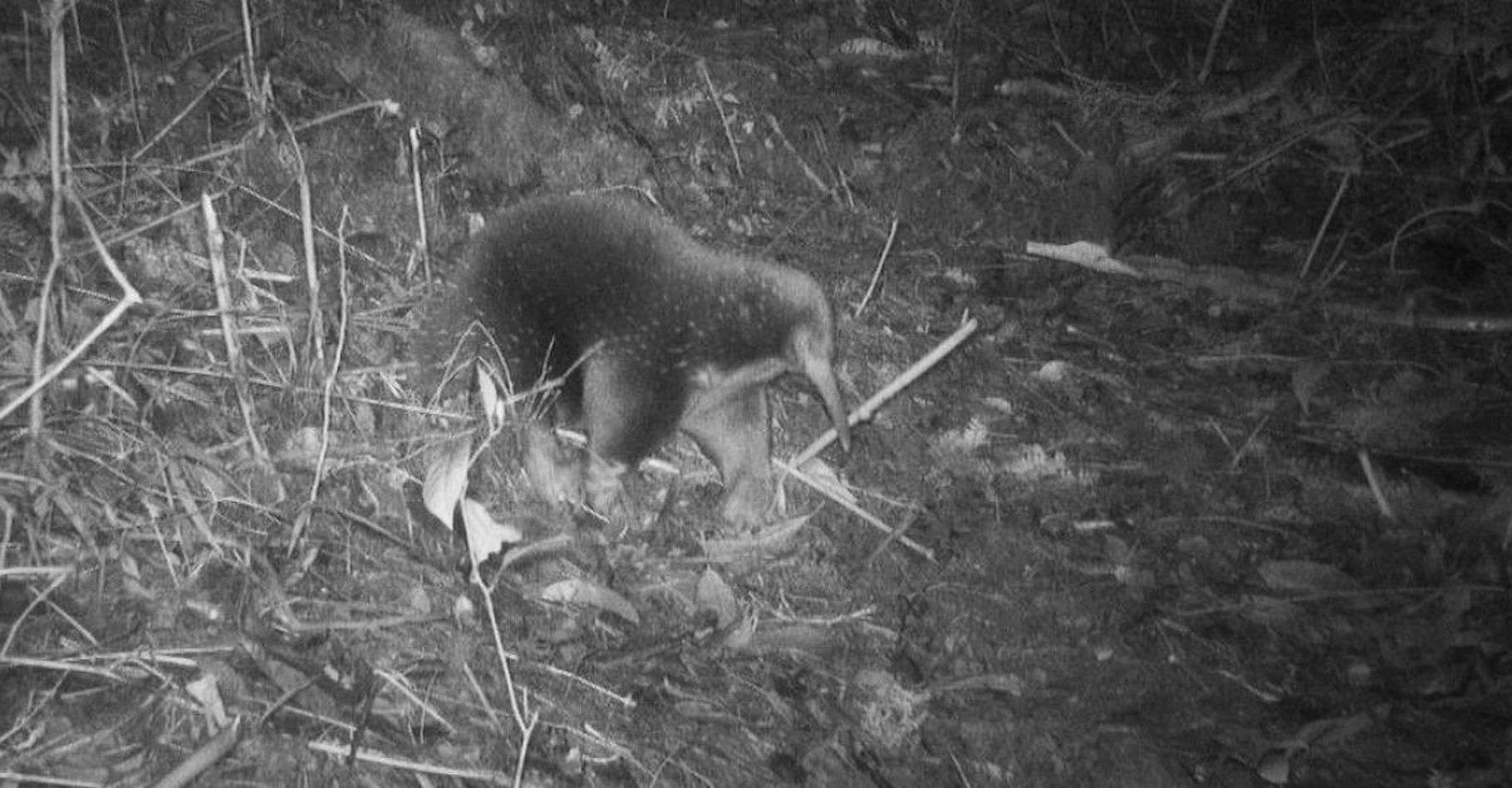There are still regions on our earth that have never been visited by humans. In one of them, researchers went on the trail of a strange mammal that lays eggs. And they found it!
Mammals generally do not lay eggs. Except for those belonging to the order Monotremes. This is the case with the platypus. But also the lesser-known Attenborough long-nosed hedgehog (Zaglossus attenboroughi). It has the spines of a hedgehog, the legs of a mole and the snout of an anteater. And scientists had only observed it once. It was 1961. Probably because the long-nosed hedgehog is a nocturnal animal that lives in a burrow and is particularly shy.
A mammal like no other that lives protected from humans
Through a trip to the hostile Cyclops Mountains (Papua, Indonesia), the researchers finally managed to surprise this incredible animal in its environment. Constantly threatened by earthquakes, malaria, leeches, ticks, snakes and spiders, scientists have sacrificed their time to place more than 80 cameras on site. But it was only after four weeks of recording that they were finally able to identify the echidna based on the last images on their memory cards.
Scientists report that they would not have gotten to this point without the support of a local community. In fact, it was the residents of Yongsu Sapari Village who gave them the knowledge they needed to tackle these dangerous mountains. And gave them the opportunity to explore areas where no human had ever set foot before.
A funny mammal and many other discoveries
At the end of the adventure there are not only pictures of the echidna, but also many other discoveries. In fact, from just a fraction of the sorted material collected, researchers have already identified another animal lost since 2008, the Mayr’s honeyeater (Ptiloprora mayri), a surprising new genus of land and tree shrimp – yes, yes, you read that right. . -, many unknown species of insects and, in a cave system that has never been explored before, a scorpion, spiders and a blind reaper.

